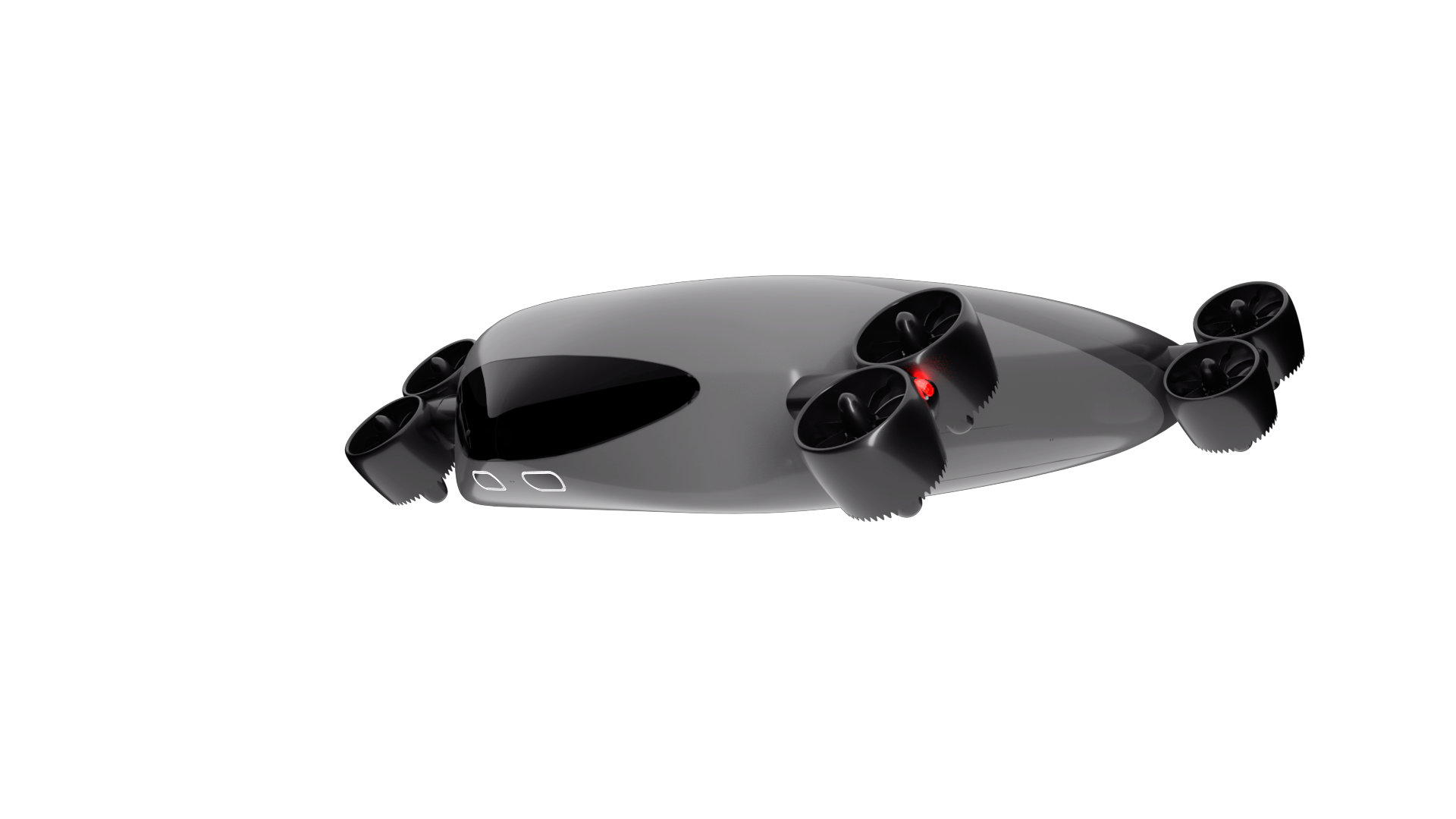Click Here to View This Page on Production Frontend
Click Here to Export Node Content
Click Here to View Printer-Friendly Version (Raw Backend)
Note: front-end display has links to styled print versions.
Content Node ID: 419031
Touting an eye-catching design that it says will transform payload/range margins for eVTOL aircraft, New York City-based start-up Kelekona says it will be ready to begin test operations with a scaled model by late 2021 or early 2022. The company is projecting a target payload of around 10,000 pounds for initial freight operations, or 40 passengers for subsequent commercial flights of up to around 350 miles.
Initial designs revealed at Kelekona’s website are built around the lifting-body or blended-wing concept pioneered almost a hundred years ago by Vincent Burnelli and other early aerospace pioneers, including Nicolas Woyevodsky. The concept has resurfaced more recently in work done by NASA and Boeing for the X-48 unmanned aerial vehicle and is now being explored by Airbus as the basis for one of its ZeroE hydrogen airliner proposals.
But what founder Braeden Kelekona and his small engineering team have in mind is an all-electric aircraft intended for a new take on mass transit that could provide, for example, one-hour downtown-to-downtown connections between popular city pairs like San Francisco and Los Angeles. However, initial applications are more likely to focus on freight services, which, unlike the passenger services, would be remotely piloted.
So far, the start-up’s work has focused on developing software and efforts to validate the engineering assumptions for the design through simulation. But now work has begun on the construction of a scaled model that Kelekona says he hopes to start flying under an FAA research and development certificate by early 2022.
The propulsion system is built around four sets of twin, tilting ducted fans located in each corner of an oblong-shaped airframe that tapers at the rear. The company has yet to release further details about the complete powertrain, beyond stating that it will use swappable batteries.
Kelekona also said that the unnamed aircraft will feature a detect-and-avoid capability developed in-house and using optical sensors and radars. He claimed that this will support forward-looking awareness of the flight environment of up to 100 miles, but the company has yet to release further details as to how this untested technology would function.
This effort will take more financial support and for that, the company intends to start a new funding round by late July. It still has some capital in hand from previous rounds and is looking to find lower-cost facilities away from its current headquarters in Manhattan. The company has yet to publish a detailed timeline for certification and service entry.
Kelekona has a background in engineering design but was working as a creative director for an advertising agency when he first became interested in autonomous and electric aviation. At the time, he was using drones for cinematography projects and, after becoming frustrated at how long it took to service the aircraft between shoots started trying to fix them himself. He has recruited a multidisciplinary team of aerospace, mechanical, and electrical engineers with resumes featuring past work with organizations including Tesla, Hyperloop, Ford, General Motors, Motorola, Dupont, and NASA.
